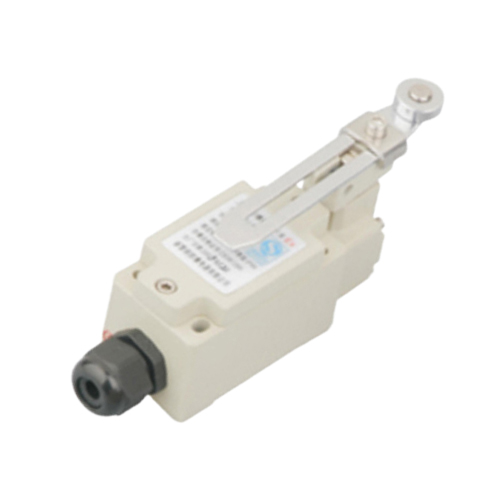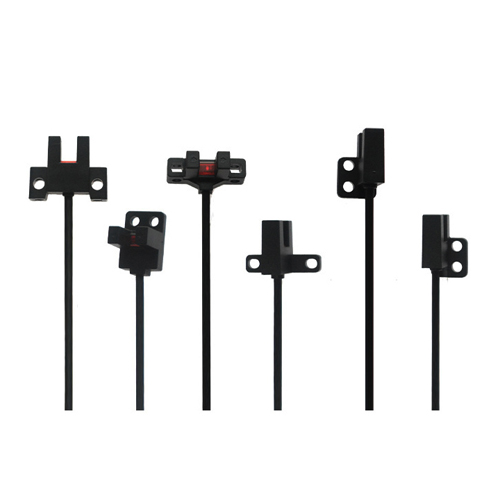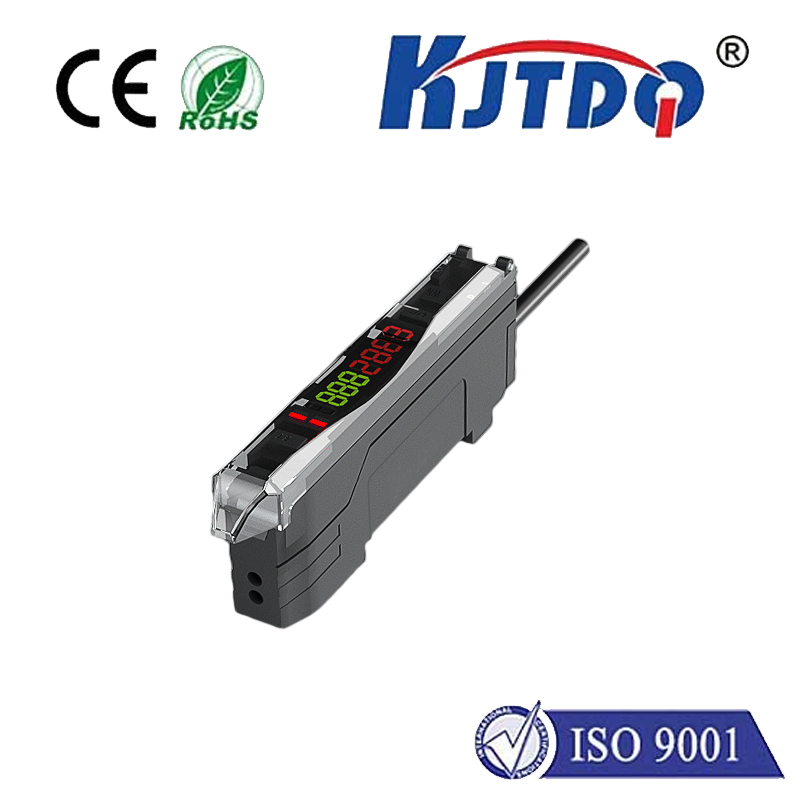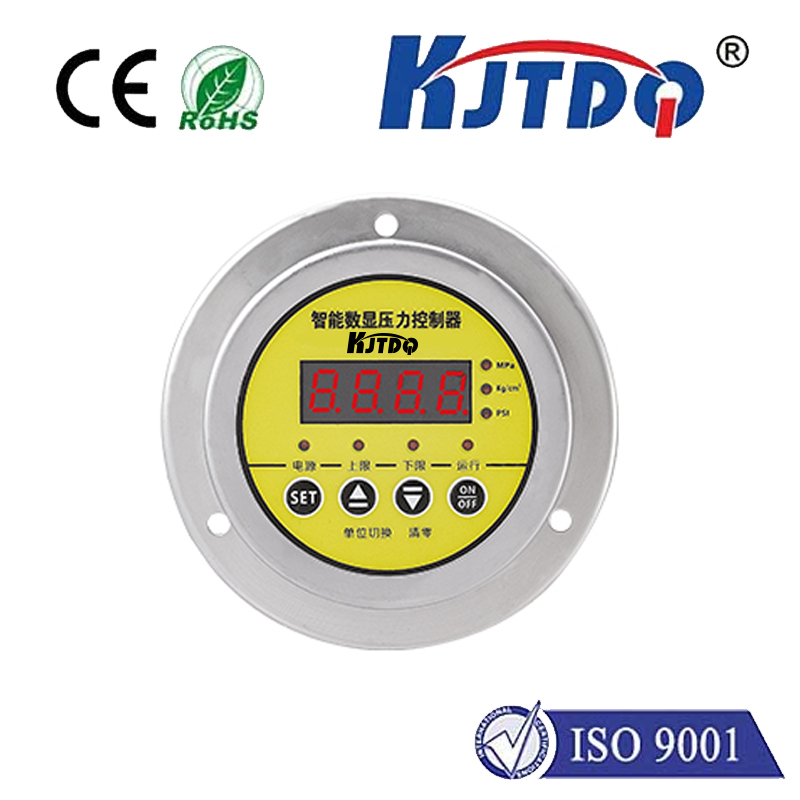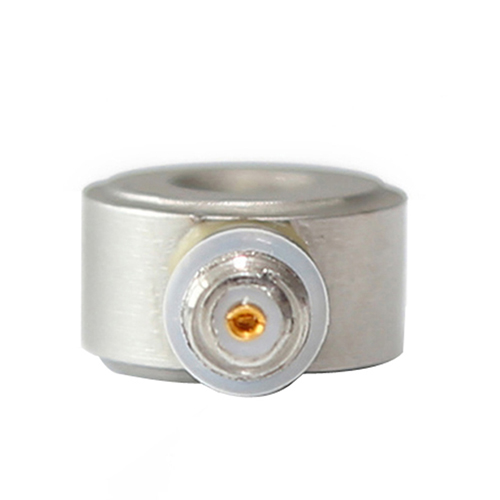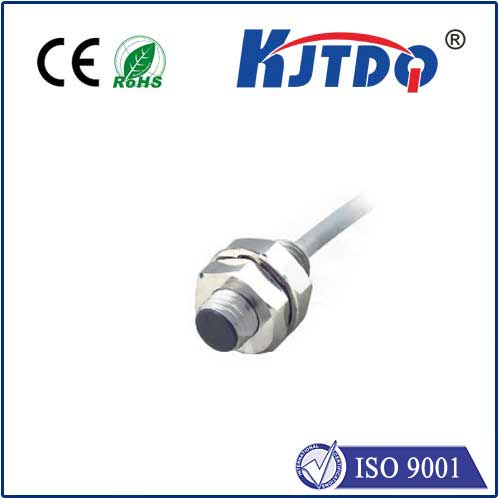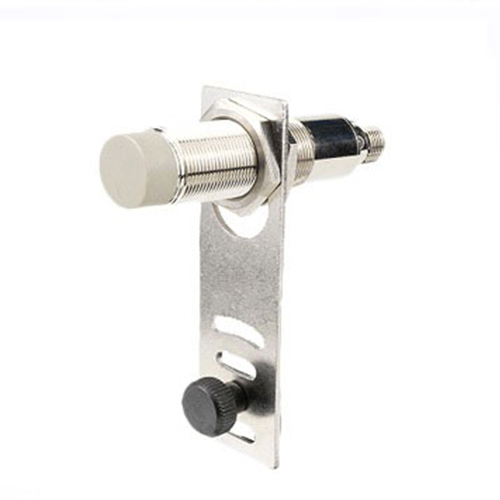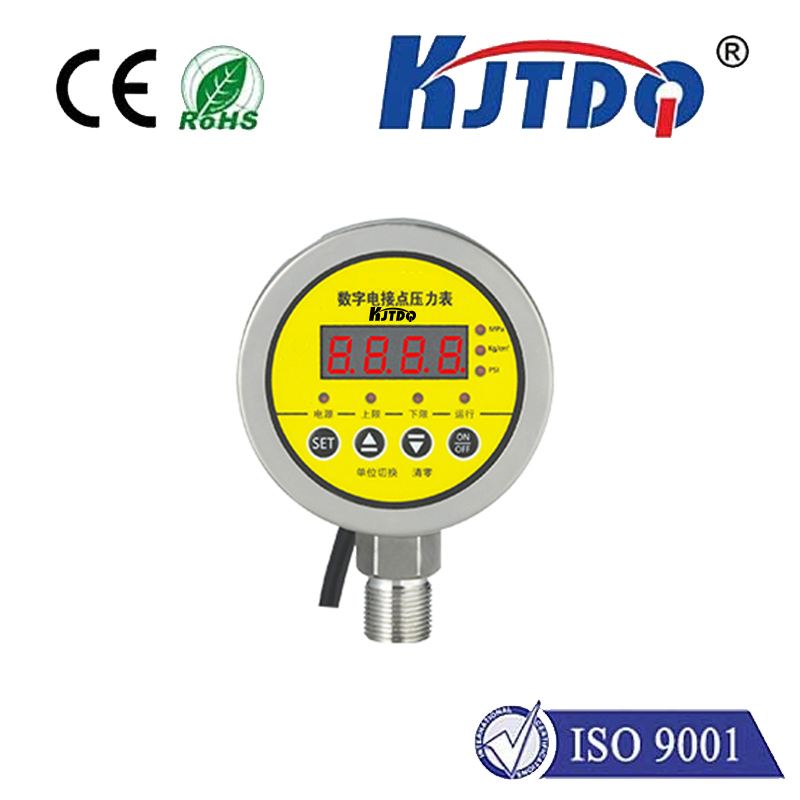Умный дом приближается к датчику
- time:2025-07-20 08:19:42
- Нажмите:0
Smart Home Proximity Sensors: Your Intelligent Home’s Sixth Sense
Ever left a room with the lights blazing? Or wished your home could anticipate your arrival? Welcome to the transformative world of smart home proximity sensors – the unassuming yet powerful technology quietly revolutionizing how our living spaces interact with us. These discreet devices are the unsung heroes of intelligent automation, bridging the gap between human presence and digital control. Forget manually flipping switches or fiddling with apps; proximity sensors empower your home to respond intuitively, making convenience, security, and efficiency effortless realities.
But what exactly is a smart home proximity sensor? At its core, it’s an electronic device designed to detect the presence, absence, or approach of an object (most often, a person) within a specific range without physical contact. Unlike motion sensors that often rely on detecting movement across a broader area, proximity sensors excel at sensing close-range presence, sometimes even when you’re perfectly still. They act as the essential trigger, feeding real-time data about “who is where” to your smart home ecosystem.
How Do These Clever Devices Work?
The magic relies on several underlying technologies, each suited to different scenarios:
- Passive Infrared (PIR): The most common type. PIR sensors detect infrared radiation (heat) emitted by warm bodies. When you move within their field of view, the change in heat signature triggers an action. They are excellent for detecting motion but less reliable for static presence detection.
- Ultrasonic: These sensors emit high-frequency sound waves and measure the reflection time of those waves. If an object (like a person) enters the sensing zone, it disrupts the wave pattern or alters the return time, signaling presence. They can detect stationary objects effectively.
- Capacitive: Functioning like the touchscreens on our phones, capacitive proximity sensors detect changes in an electrical field. When a conductive object (like a human body) enters the field, the capacitance changes, triggering detection. They work through non-conductive materials and are great for concealed installations.
- Microwave (Rader): Less common in basic setups due to cost and potential interference, microwave sensors emit radio waves and detect reflections. They are highly sensitive, capable of detecting very subtle movements and even through walls in some cases, making them powerful but requiring careful setup.
Why Your Smart Home Craves Proximity Sensors: The Compelling Benefits
Integrating proximity sensing unlocks a cascade of automation possibilities that significantly elevate the smart home experience:
- Effortless Lighting Control: This is perhaps the most intuitive application. Imagine: Lights spring to life only as you enter a specific room, hallway, or closet, eliminating fumbling for switches in the dark. Even better, the lights automatically turn off moments after you leave, guaranteeing no wasted energy. This “hands-free” illumination enhances both convenience and safety.
- Enhanced Energy Efficiency: Proximity sensors are powerful allies in the fight against phantom energy drain. By ensuring lights, HVAC vents, or entertainment systems power down automatically in unoccupied rooms, they significantly reduce unnecessary consumption. This targeted control translates directly to lower utility bills and a smaller environmental footprint.
- Intelligent Climate Management: Pair proximity data with smart thermostats or room-specific HVAC controls. The system can focus heating or cooling only on occupied zones, adjusting settings dynamically as people move through the home. Unoccupied rooms can be set back to energy-saving temperatures.
- Stepped-Up Security & Peace of Mind: Proximity sensors add an intelligent layer to security systems. They can detect unexpected presence near valuable assets, inside restricted rooms, or at perimeter windows/doors after hours. Combined with cameras and alarms, they provide instantaneous alerts about unauthorized entry or movement where there shouldn’t be any. Forget false alarms purely from pets with the right sensor placement and type.
- Seamless Smart Home Integration: Proximity is the perfect trigger within a broader smart home scene. Walking towards the front door could trigger porch lights to turn on and unlock the door. Approaching your bed at night could dim the lights and activate night mode. A sensor in the bathroom could initiate the exhaust fan when occupied. The potential for context-aware automation is immense.
- Accessibility & Safety Support: For individuals with mobility challenges or the elderly, proximity sensors can automate doors, turn on assistive devices, or even signal if someone hasn’t moved in an expected area for an unusual period, potentially alerting caregivers.
Bringing Smart Proximity to Life: Common Applications
Let’s translate these benefits into tangible use cases:
- Room-Specific Automation: Lights on/off, fan control, media pause/play, thermostat adjustments.
- Hallway & Staircase Guidance: Lights illuminating your path automatically, enhancing nighttime safety.
- Smart Laundry/Utility Rooms: Trigger lights only when someone enters to grab supplies or load the washer.
- Enhanced Security Perimeters: Detecting presence near safes, gun cabinets, or back doors.
- Garage & Driveway Alerts: Notifying you when someone approaches the garage door or vehicle.
- Interactive Displays or Mirrors: Waking up a smart display as you approach it in the kitchen or bathroom.
- Occupancy-Based Resource Management: Managing ventilation or power in specific zones like home offices based on presence.
Implementing Smart Proximity Sensors: Key Considerations
To maximize effectiveness, think strategically about placement and type:
- Sensor Choice: Decide if you primarily need motion detection (PIR) or true stationary presence detection (Ultrasonic, Capacitive). Consider range and field of view.
- Strategic Placement: Position sensors where presence detection matters most – entry points, room centers, near key fixtures, or specific zones. Avoid placing PIR sensors near heat sources like vents. Consider height and angle for optimal coverage.
- Power Needs: Are battery-powered sensors acceptable (requiring periodic changes), or can you wire for constant power? Many modern sensors offer long battery life (years) or USB-C charging.
- Hub Compatibility: Ensure the sensor works seamlessly with your existing smart home hub (like SmartThings, Home Assistant, or a proprietary brand hub) or chosen ecosystem (Matter, HomeKit, Alexa, Google Home).
- Sensitivity & Delay Settings: Fine-tune detection range and how long a device stays active after presence is no longer detected to suit each specific use case.
Beyond Convenience: The Future is Context-Aware
Proximity sensors represent a fundamental shift: homes that react not just to commands, but to presence and context. They are foundational technology enabling environments that truly understand where inhabitants are, paving the way for even more sophisticated, predictive, and personalized automation. As sensor technology advances and artificial intelligence integrates further, this “sixth sense” will become increasingly refined, intuitive, and indispensable in crafting smart homes that feel less like machines and more like responsive partners in daily life. From saving energy to boosting security and tailoring experiences room-by-room, the subtle power of the proximity sensor is making intelligent living genuinely effortless.

